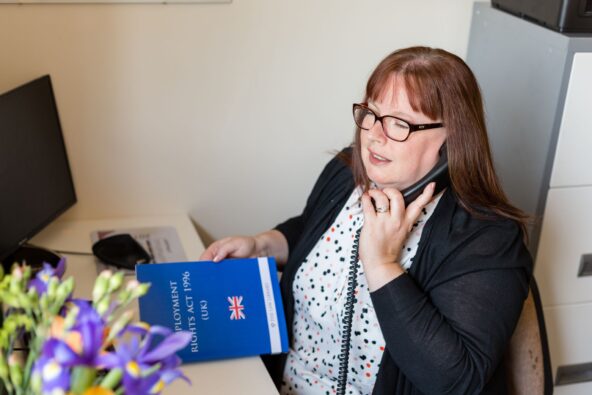We’ve all heard the phrase, “bring your best self to work.” But what does this actually mean in practice? And how can we create an environment where both businesses and their staff can thrive?
The increasing prevalence of burnout highlights the need for a continued shift in workplace culture, to balancing business goals with employee wellbeing. And, with the impending arrival of the ‘right to switch off’ guidelines under new Labour laws (read our recent overview on Labour’s First 100 Days and upcoming changes here), the focus on employee wellbeing is paramount.
However, this isn’t just something for businesses and employers to consider – the idea of ‘bringing your best self to work’ is one that both employer and employee need to take responsibility for.
As we head into the school summer holidays here in the UK, it’s that time of year where most of us are thinking about taking a well-deserved summer break. So in this blog post, we’ll look at some of the ways that we can bring our best selves to the workplace, along with some tips for properly switching off when not at work.
Employers have a significant role to play in creating an environment where employees can thrive and bring their best selves to work.

Employees also have an important role to play in ensuring that they are able to show up and do their best work, by taking full ownership of their wellbeing.

Whilst we all know the importance of taking time out from work, the reality of today’s working culture means that it’s all too easy to feel the pressure of staying plugged in, making it challenging for staff to ever really ‘switch off’.
The rise of remote working, along with the pressure to be constantly available has blurred the lines between work and personal life.
Other factors that hinder staff switching off:

These are issues that Labour recognised in their ‘Plan to Make Work Pay’. They plan to take the lead from other countries who have already instigated guidelines around healthier working practices that benefit both parties.
Whilst we’re yet to see what these changes will look like in practice, and exactly how they will affect businesses, here’s some tips in the meantime to help support your employees to switch off when they’re not at work.

Switching off and taking time away from work, including a proper holiday is not just a luxury, it’s a necessity. It allows staff time to recharge, gain perspective and return to work with a renewed energy, focus and sense of purpose.
Ahead of the new ‘right to switch off’ guidelines being introduced, look for ways to support staff to create a healthy work-life balance and prioritise their wellbeing.
By creating a culture where employees feel supported and empowered, organisations can reap the benefits of increased productivity, creativity and employee satisfaction.
For more tips on creating a culture that supports and affirms staff wellbeing, read our blog post about wellbeing strategy here. And if you’d like further support to create wellbeing policies and procedures that support your staff, we’d love to help.
As a first step, why not book in for a 30 minute consultation to talk through your current challenges and identify some possible solutions.
Click below to book your call: